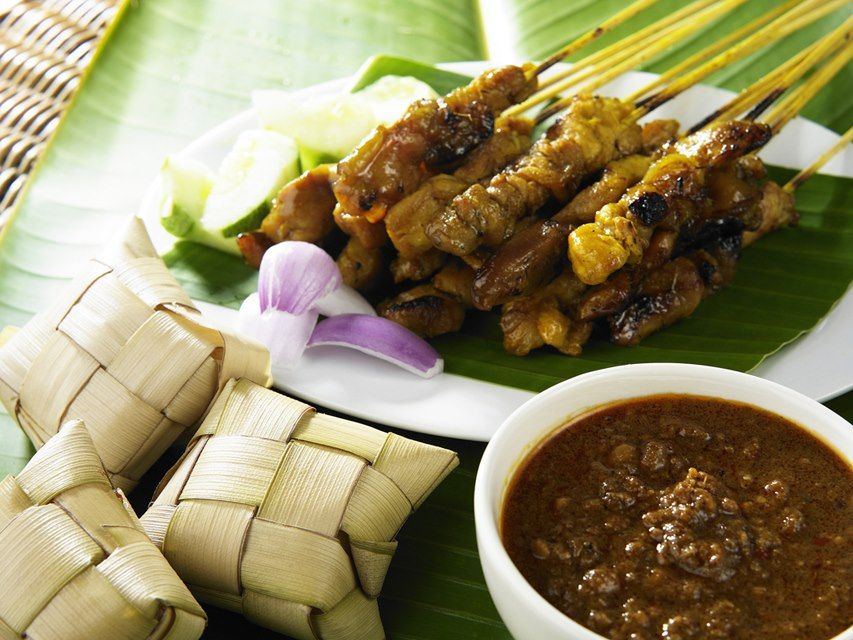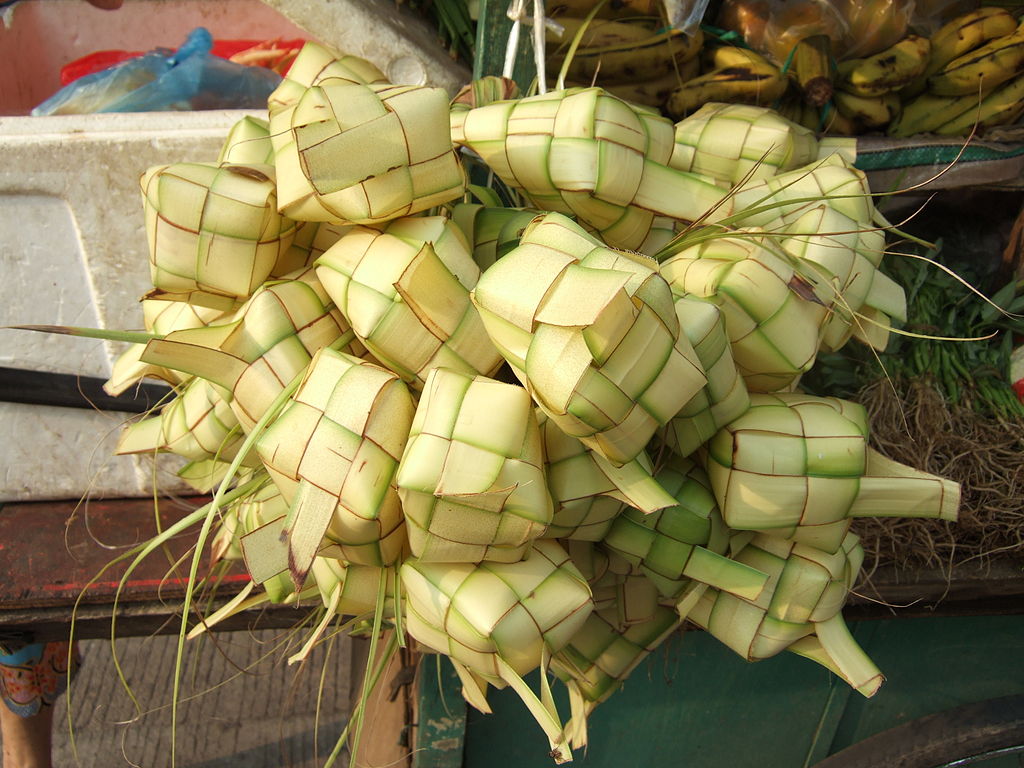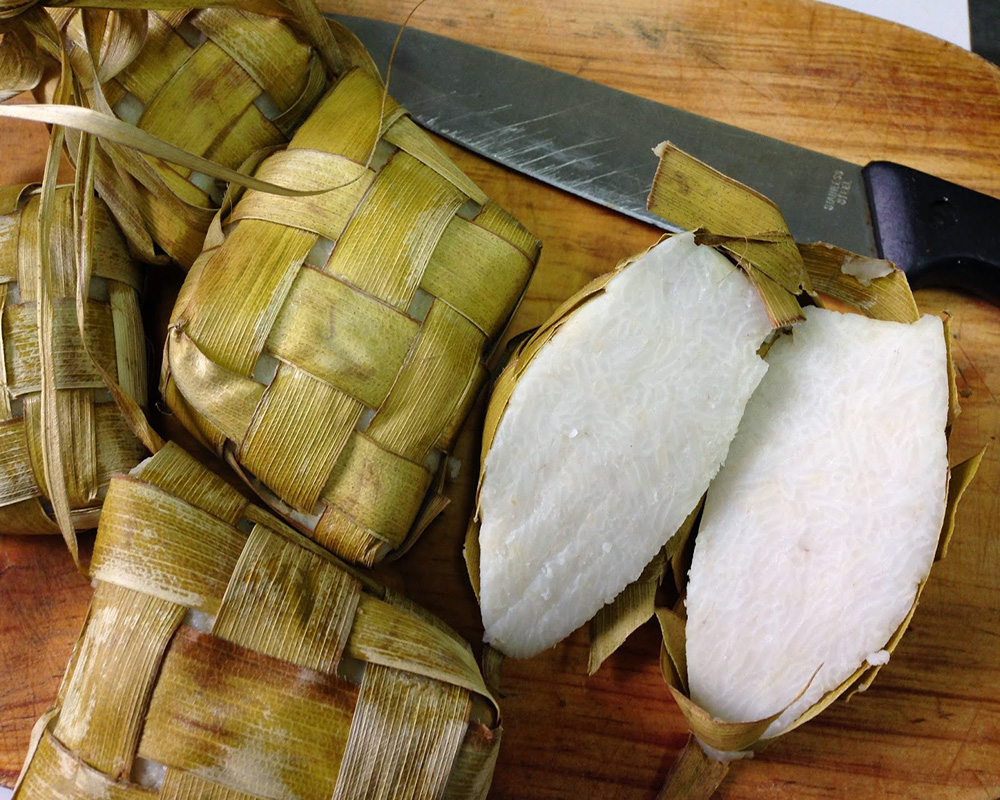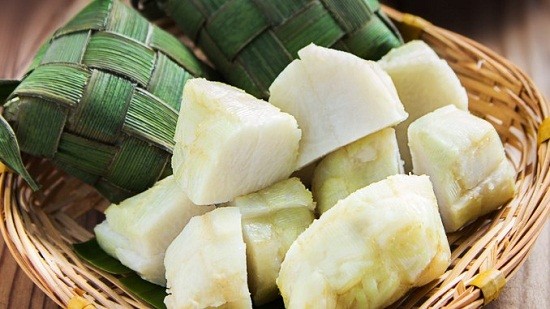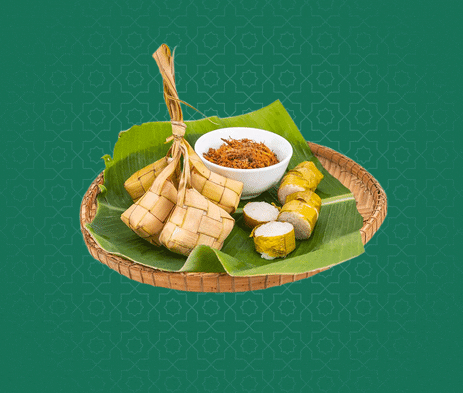Sins & Mistakes: The Rich & Deep History Behind Folding A Ketupat
The ketupat's ties to Hari Raya Aidilfitri began in Java, Indonesia in the 15th century.
Several staple dishes are served during Hari Raya Aidilfitri in Malaysia — and one of the most beloved is the humble ketupat
Ketupat is a dish made from rice and is wrapped in young coconut palm leaves woven in a diamond shape, normally served with other dishes such as rendang or kuah kacang and satay.
However, did you know, the tradition of making and eating ketupat during Hari Raya Aidilfitri started in the 15th century?
Ketupat's ties to the festive celebration – otherwise known as Lebaran – is said to have begun in Java, Indonesia.
According to the Journal of Ethnic Foods, the dish was introduced by Sunan Kalijaga, one of the 'nine saints' of Javanese Islam, during the Demak Sultanate in Central Java.
They say the tradition began because of the food's apt representation of the festivities – from the meaning behind its name to how it is made.
Ketupat, also known as 'kupat' in Java, is said to be short for 'ngaku lepat'
In Javanese, the phrase means 'to admit one's mistakes' and also ties into the act of asking for forgiveness during Hari Raya.
The weaving of criss-cross patterns of the palm leaves on the outer layer of the ketupat represents the sins and mistakes of human nature.
On the inside, the white rice cakes symbolise purity that is achieved after a month of fasting during Ramadan.
The young coconut leaves used to weave the ketupat are called 'janur' in Java, and this is derived from the Arabic phrase 'jatining nur', which also means 'pure heart'.
In addition to 'ngaku lepat', ketupat can also be interpreted as 'laku papat', or 'the four actions' in Javanese
The four actions — lebaran (openness), luberan (abundance), leburan (forgiveness), and laburan (cleanliness) — are also closely tied to teachings during Ramadan, which is to forgive widely, to share fortune through charity, and to keep maintaining purity and holiness.
It is said this is also why a ketupat is traditionally sliced into four, to denote each meaning.
However, the origin of the ketupat runs deeper than Islamic traditions in Javanese and Malay culture
Even before its important role in Islam in the Nusantara, Balinese Hindus were already making these rice offerings to the Javanese goddess of rice, Dewi Sri.
Meanwhile, other historians simply believed that seafarers created the ketupat to prevent cooked rice from going bad on long voyages at sea.
Regardless, ketupat is now enjoyed throughout the year, and can be found in many other Southeast Asian countries such as Singapore, Brunei, and the Philippines.
